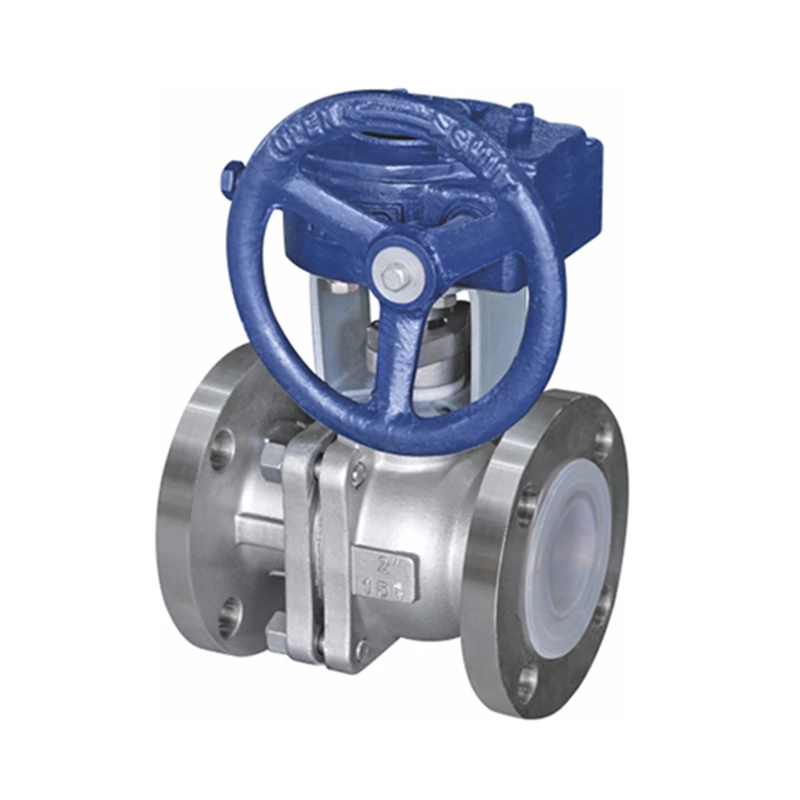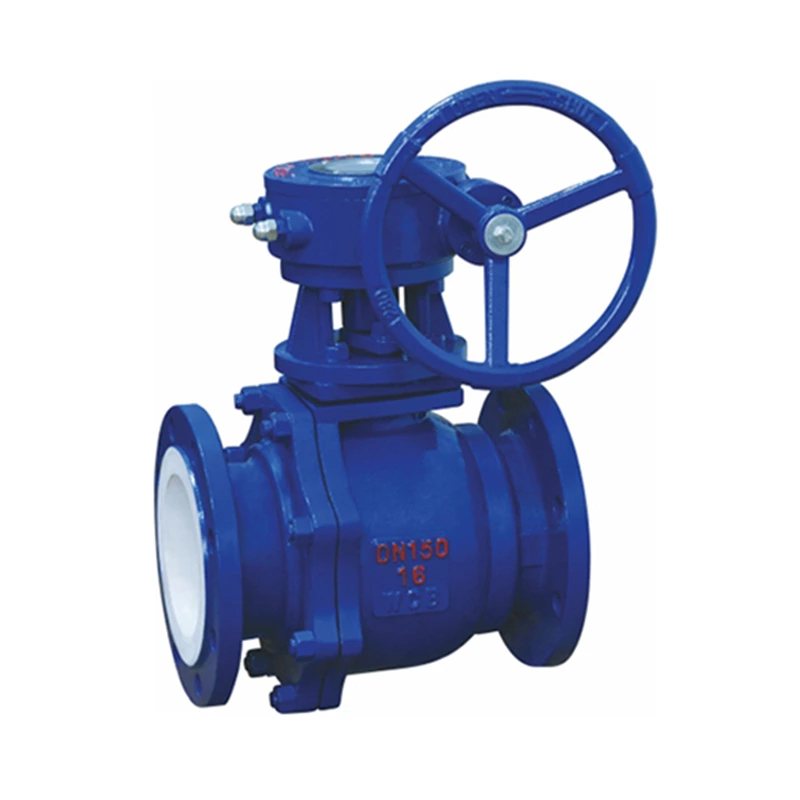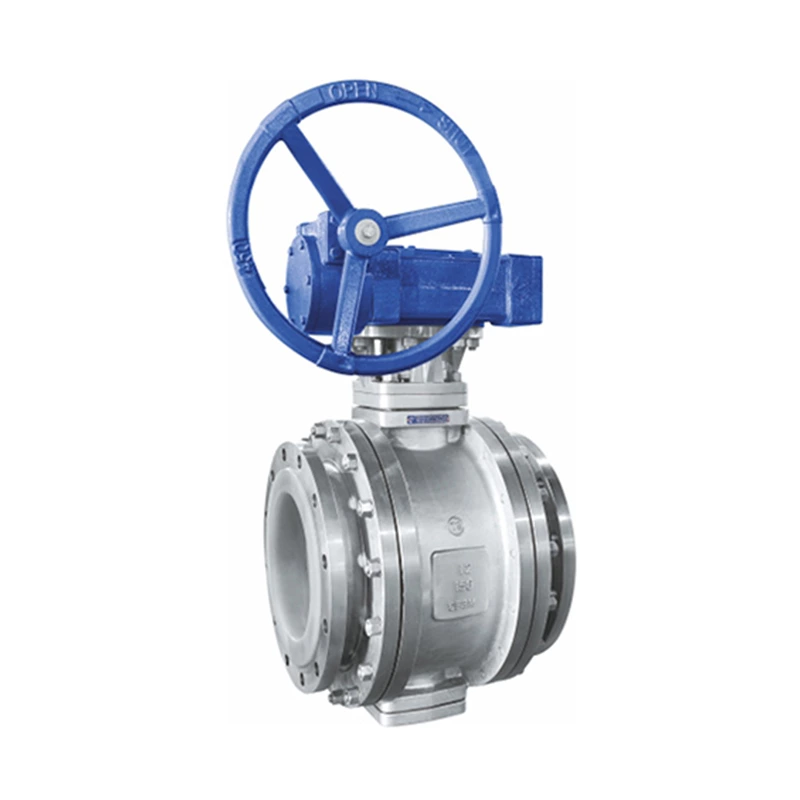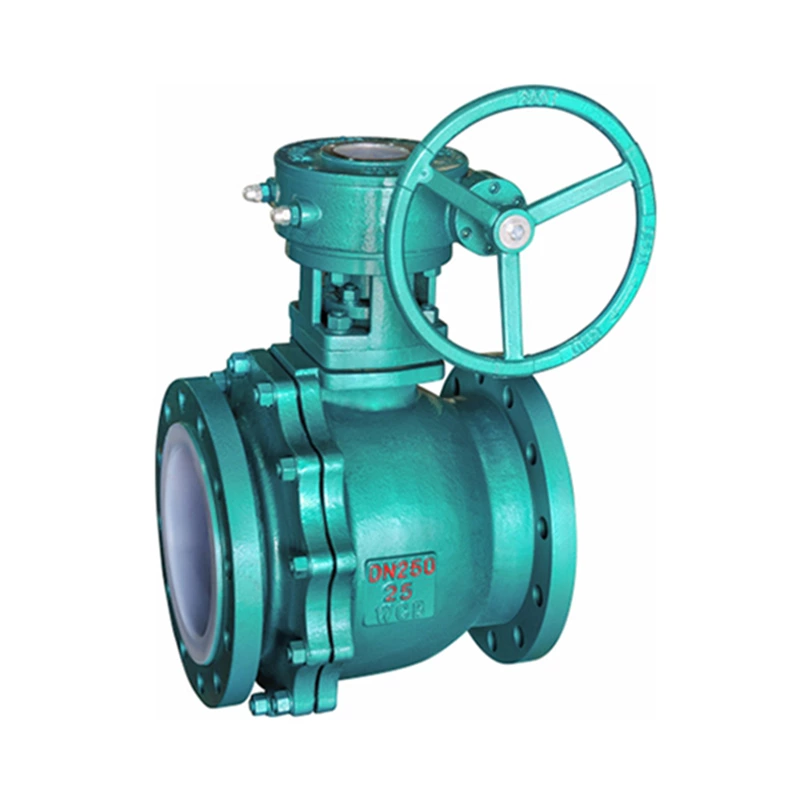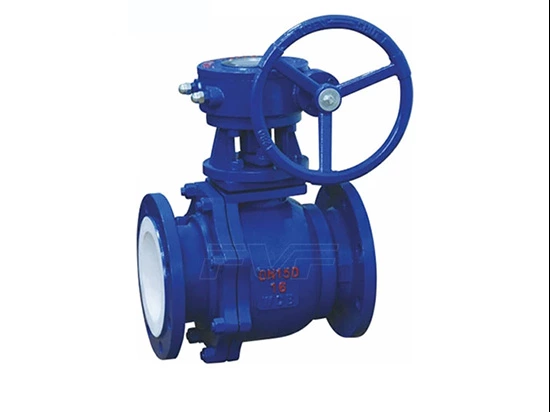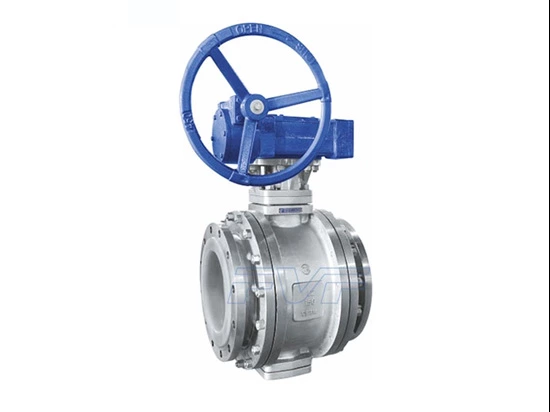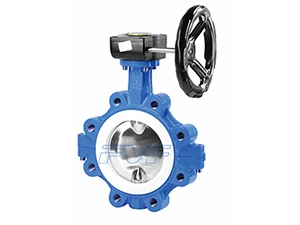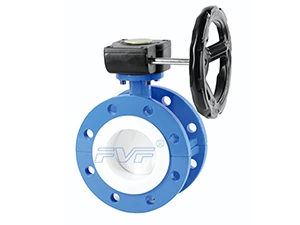Common Problems And Solutions Of Fluorine-lined Ball Valves
Common problems and solutions of fluorine-lined ball valves
1. What is a fluorine-lined ball valve? What kind of ball valve is a fluorine-lined ball valve?
Answer: The fluorine-lined ball valve has the same motion structure principle as an ordinary ball valve (a ball with a circular through hole is used as the opening and closing part, and the ball rotates around the center line of the valve body with the valve stem to realize the opening and closing of the valve), and is used to control various highly corrosive media. Fluorine-lined ball valve, first of all, "fluorine-lined" refers to "fluoroplastics, polytetrafluoroethylene" materials. Fluorine-lined ball valves are anti-corrosion ball valves that are coated with this material on the interface between the ball valve and the fluid.
2. Which of the lining materials of fluorine-lined ball valves, "PTFE" or "PFA", is better and more expensive?
Answer: PTFE and PFA are essentially fluoroplastics. "PTEF" is polytetrafluoroethylene, and "PFA" is a copolymer of tetrafluoroethylene and perfluoroalkoxy vinyl ether (good solubility). There is not much difference in performance, but PTFE is much higher than PFA in processing temperature and use temperature. In terms of price, "PFA" will be more expensive.
3. What is the difference between a PTFE-lined ball valve and a fluorine-lined ball valve?
Answer: There is no difference between a PTFE ball valve and a fluorine-lined ball valve, except that fluorine lining is a general term, while PTFE indicates which type of fluorine is used. It should be said that PTFE is a type of fluorine lining. But PTFE (F4) should be the best type of fluorine currently. The temperature resistance can reach 180 degrees. F46 is only 150 degrees.
4. What are the internal components of Lined Ball Valve?
Valve core type: ball valve core
Valve core material: 2Cr13 lined F46
Flow characteristics: approximately equal percentage
Rated stroke: fully open 90°
5. How should the fluorine-lined ball valve be maintained during cleaning?
Answer: The individual parts that have been disassembled can be cleaned by immersion. Metal parts that still have non-metallic parts that have not been disassembled can be scrubbed with a clean, fine, clean silk cloth soaked in a cleaning agent (to prevent fibers from falling off and adhering to the parts). When cleaning, you must remove grease, dirt, glue, dust, etc. adhering to the wall surface.
